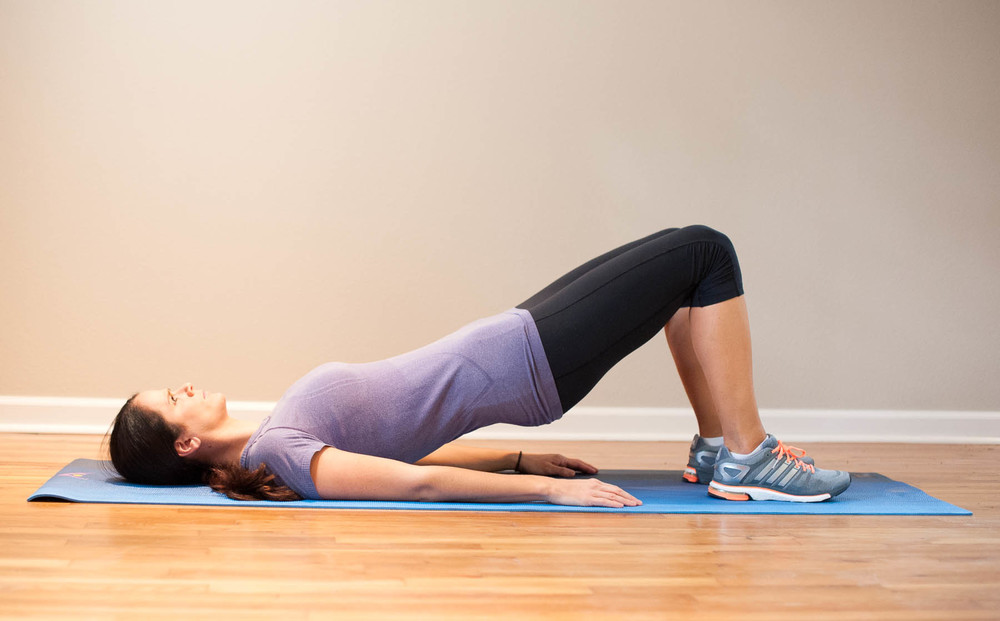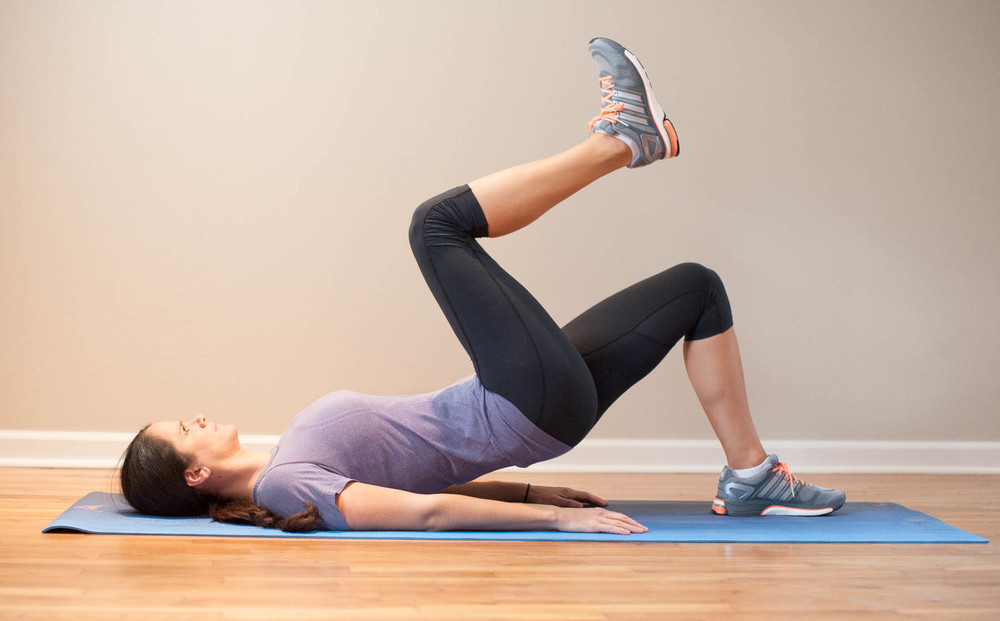By Jessica Green
"An apple a day keeps the doctor away." The same can be said for a strength move a day for runners. Each week I preach about getting out there and doing your strength work and for the last two months I've been listening. It's made a difference. My lower back no longer aches from time to time and my hamstring doesn't feel as tight. I attribute a large part of this to my commitment to some type of strength work almost every day of the week.
What does this look like? In our training plans we often provide suggested strength routines for both core and lower body. These routines typically take 10-15 minutes to complete. That kind of time can be difficult to carve out of our busy lives day in and day out. What's important though is trying to - or at least remembering to think about strength training on a regular basis. For myself, this means getting down on the ground and actually doing something on a daily basis. On some days, it's only one series of planks/side planks/planks, but on other days it turns into a full blown 20-minute routine. Sometimes I'm in my pj's and other times a sports bra. No matter what it feels great to know that I've done something. The biggest benefit - I stuck to my routine and didn't let another day pass without some sort of strength.
Imagine going a week or even two without running . . . not good, right? Well, the same should be felt for two weeks of no strength. If you're looking for one move to get you through tonight, start with bridges with knee folds. They are great for pelvis stability, glute and hamstring strength and help prevent IT band issues.

Lie on your back with your hands at your sides and bend your legs to bring your feet flat on the ground and about a hands length away from your buttocks. Raise your hips by firing your glutes and driving your heels into the ground. Lift up until you create a straight line from your hips to the knees. Maintain this position by firing the glutes and not flexing the lumbar spine.

Once in bridge position, alternate bringing each knee up towards your chest keeping the leg bent at a 90 degree angle. As you raise and lower each leg, keep the pelvis steady and avoid rocking back and forth. Press your arms down into the ground with your palms facing down to help keep you stable. Continue alternating knee folds for 30-60 seconds. Repeat 2x.


